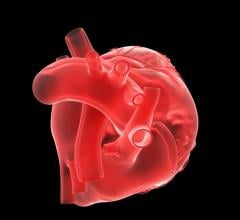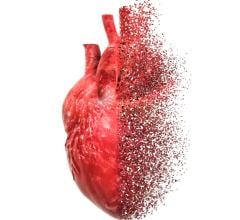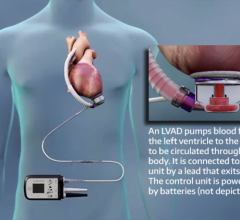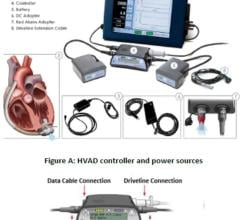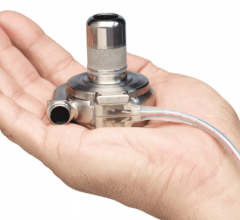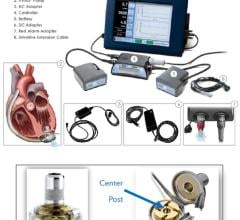
July 19, 2011 — An article published in the July issue of the Journal of Heart and Lung Transplantation reports the first use of the Freedom portable driver with a Total Artificial Heart (TAH-t) patient. The TAH-t is manufactured by SynCardia Systems Inc.
“TAH-t use has been limited by the large operating console for the driver system that requires patients to remain hospitalized until transplantation,” wrote the article’s authors. “The Freedom driver allows clinically stable patients to await a donor heart as an outpatient.”
The patient, 41, was implanted with the TAH-t on Sept. 3, 2008 after his body rejected the donor heart he'd received at age 30. For more than 600 days, he was confined to the hospital by the 418-lb "Big Blue," the only U.S. Food and Drug Administration (FDA)-approved driver for powering the TAH-t. Due to the previous transplant, the patient’s body produced antibodies that made it challenging for him to receive a matching donor heart.
In March 2010, SynCardia received approval from the FDA to conduct an investigational device exemption (IDE) clinical study of the Freedom driver, the first U.S. portable driver designed to power the TAH-t both inside and outside the hospital. On May 3, 2010, this patient was discharged from the hospital to wait for a matching donor heart at home with his wife and children. He was supported by the Freedom driver for a total of 253 days before receiving a dual heart and kidney transplant on Jan. 15, 2011.
“The success of our first patient to be discharged home and then undergo transplantation is encouraging,” concluded the article’s authors. “Out-of-hospital management of the patient with a TAH-t appears feasible, and consideration for use of this device for longer-term applications may be held in the future.”
To date, the hospital has transferred six TAH-t patients to the Freedom portable driver while awaiting heart transplantation. The driver is also CE approved for use in Europe.
For more information: www.syncardia.com


 June 19, 2024
June 19, 2024 
